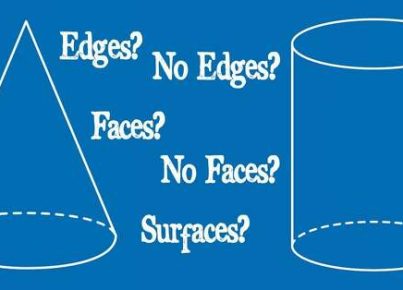Introduction
Multi-agency working refers to the collaborative efforts of various organizations and professionals working together to achieve common goals. This approach has gained momentum across multiple sectors, including healthcare, education, social care, and criminal justice. The primary aim behind multi-agency collaborations is to provide integrated and comprehensive support services that address a wide range of issues faced by individuals and communities. This article explores the advantages and challenges associated with multi-agency working.
Benefits of Multi-Agency Working
1.Improved Service Delivery: Multi-agency collaborations can significantly improve service delivery to communities by streamlining communication processes, sharing information, and providing holistic services tailored to individual needs.
2.Enhanced Expertise: As different agencies bring diverse skills, knowledge, and expertise to the table, multi-agency collaboration allows for better problem-solving approaches. It also fosters a supportive environment that encourages the exchange of best practices among agencies.
3.Resource Optimization: Sharing resources among various agencies can lead to cost savings by reducing duplication in service provision. By making the most of available resources, multi-agency collaborations can also enhance overall organizational efficiency.
4.Better Decision-making: Multi-agency working promotes pooling information from different sources, improving understanding and facilitating informed decision-making for the benefit of all stakeholders.
5.Increased Trust between Agencies: Collaborative efforts nurture trust between participating organizations as they work together towards shared goals. This maintained trust is crucial for long-term cooperative relationships between agencies.
Challenges Associated with Multi-Agency Working
1.Communication Barriers: Differing policies and procedures among participating agencies could lead to communication issues that impede seamless collaboration.
2.Varied Priorities: Participating organizations may have differing objectives or priorities that need alignment to ensure collaboration remains focused on shared outcomes.
3.Bureaucratic Hurdles: Administrative complexities may make it difficult for some agencies to invest in the multi-agency model, particularly if it requires a significant amount of time and resources.
4.Lack of Role Clarity: If roles and responsibilities within the collaboration are not clearly defined, confusion could arise, ultimately affecting day-to-day operations and project success.
5.Information Sharing Restrictions: Organizations may be reluctant to share sensitive or confidential information with other agencies due to data protection regulations or concerns about breach of confidentiality.
Conclusion
While multi-agency working comes with unique challenges and obstacles, the benefits it offers are significant. Improved service delivery, resource optimization, and enhanced expertise among participating organizations serve as incentives for overcoming these challenges. By recognizing the importance of multi-agency collaboration and addressing its inherent issues, organizations can effectively work together for improved outcomes for individuals and communities they serve.





